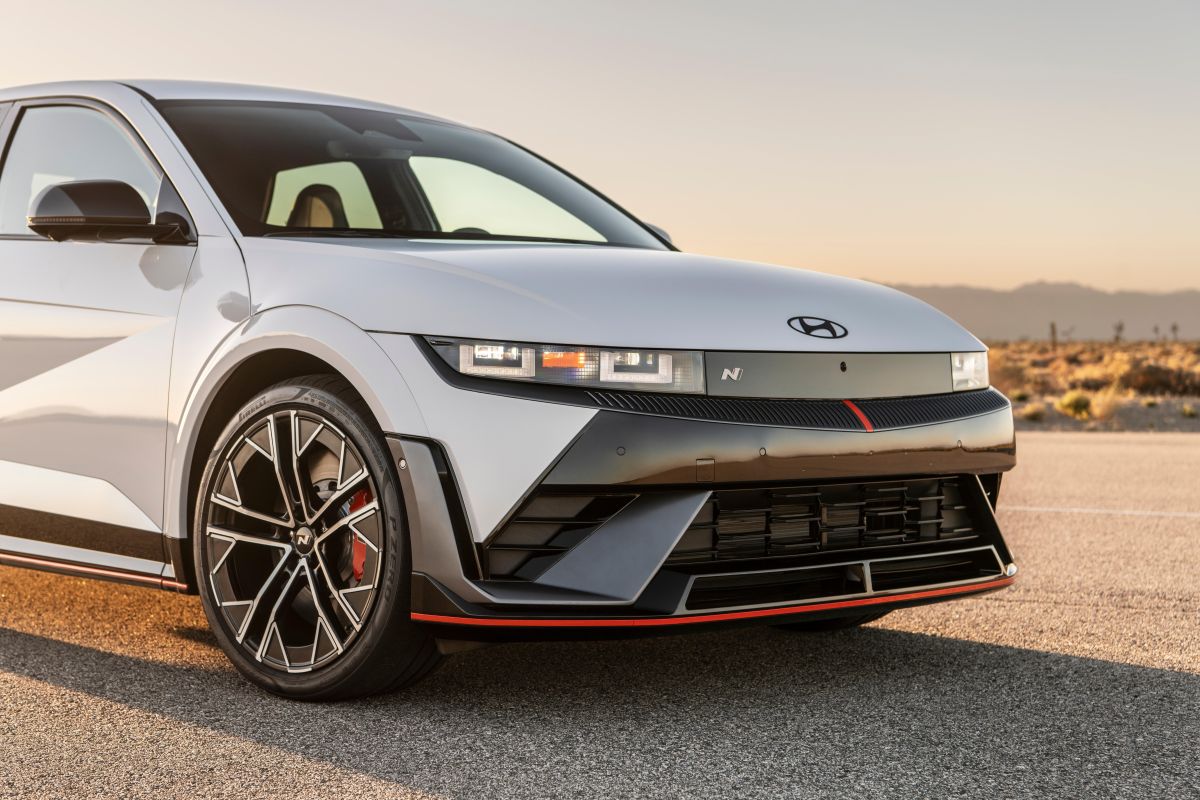New research from Recurrent Auto shows the U.S. is on course to see 50% of all new-car sales to be electric vehicles (EVs) by 2030, despite recent concerns about a slowdown in sales.
Recurrent Auto’s latest data suggests multiple revised EV sales projections still show a clear path to the 50% target, and the U.S. will enter the 15% “mass adoption” phase of EVs by the end of 2025.
Supporting this forecast, the International Energy Agency (IEA) also predicts a significant increase in global EV figures, expecting nearly a tenfold rise by 2030 under current policies.
A major factor contributing to the optimistic forecast is the sharp decline in battery costs, which have reached new lows and are projected to drop an additional 40% between 2022 and 2025. This reduction in costs is expected to make EVs more accessible to a broader range of consumers.
The report also highlighted the impact of upcoming EV launches, including models from BMW, GMC, Hyundai, Nissan, Rivian and Volkswagen, anticipated to drive further adoption.
Government incentives are also playing a crucial role in boosting EV adoption. The report noted 17 states have implemented aggressive zero-emissions targets that surpass federal guidelines, further propelling the shift towards electric vehicles.
Expect More Plug-in Hybrids
One of the biggest transportation headlines this year was the updated EPA target, which adjusted the nation’s timeline for lower emission fleets. Rather than EVs making up 67% of the 2032 national fleet, the target now allows for EVs to make up 30% to 56% of light vehicle sales from 2030-2032 model years.
The EPA target is technology agnostic, and an OEM can use other low emission technologies to hit it. Nonetheless, incorporating electrification into an OEM’s mix of vehicles is the easiest and most market-ready solution.
It is expected that plug-in hybrid electric vehicles (PHEVs), which are first powered by a smaller battery before switching to a traditional gas engine, will comprise an increasingly large share of OEM vehicles.
What are EV Doubters Saying?
EV doubters got plenty to bolster their arguments in the first quarter of 2024 when Tesla sales dropped 16% year-over-year. However, overall EV sales were up 2.7% year-over-year, with major sales increases for other brands: Ford’s Mach E increased 77%, BMW’s lineup increased 63% and Hyundai’s lineup increased 100%.
These strong numbers continued into Q2, with Hyundai’s all-electric sales jumping 42% in May, and the Ioniq 5 having its best sales month ever. Kia had the best month for EVs ever, with a 127% increase year-over-year, and Ford EV sales increased 64.7%. Tesla sales also bounced back in Q2.
Used EV Prices Stabilizing
Recurrent Auto also released its Q3 2024 Used EV Market Report, showing used EV prices in the U.S. are stabilizing and some prices, especially in the $20,000 to $25,000 range, are becoming more predictable, despite ongoing supply constraints expected to continue for the next few years.
The data suggests that while prices for older model-year, lower-range EVs may continue to decline, the market for newer used EVs is reaching a stable point. Recurrent Auto's pricing index includes models like the 2018 Chevrolet Volt, 2019 Tesla Model 3 and 2022 Mustang Mach-E.
Lease rates for battery-electric vehicles (BEVs) saw a significant increase in 2023. The report also points out that the overall used EV inventory has grown fourfold since 2021, with around 40,000 used EVs available at any given time.
In addition to the U.S. data, Tesla’s EVs were reported as some of the most in-demand used vehicles in Australia, though the Model S and Model X were recently listed as vehicles to avoid by Consumer Reports.















